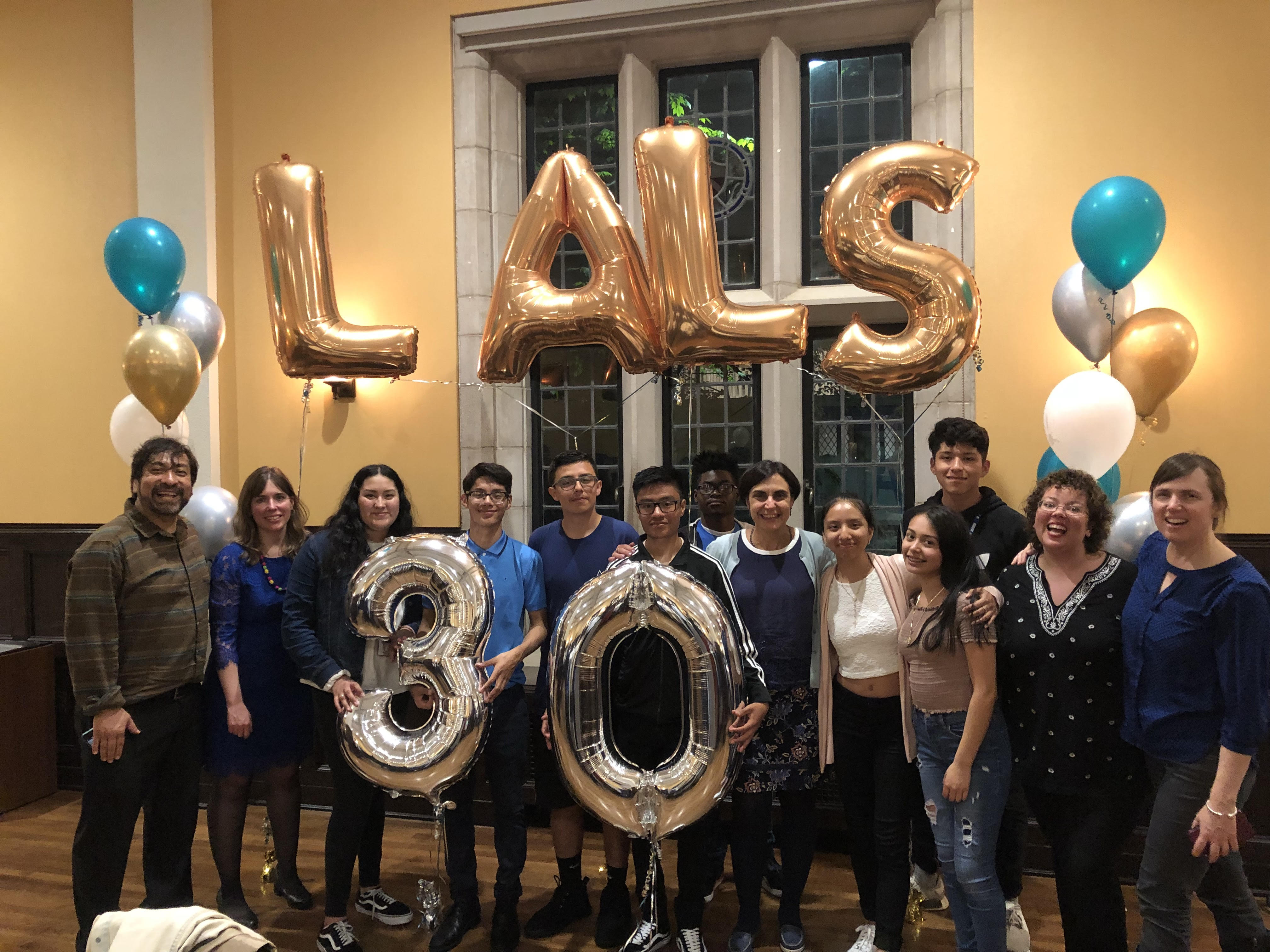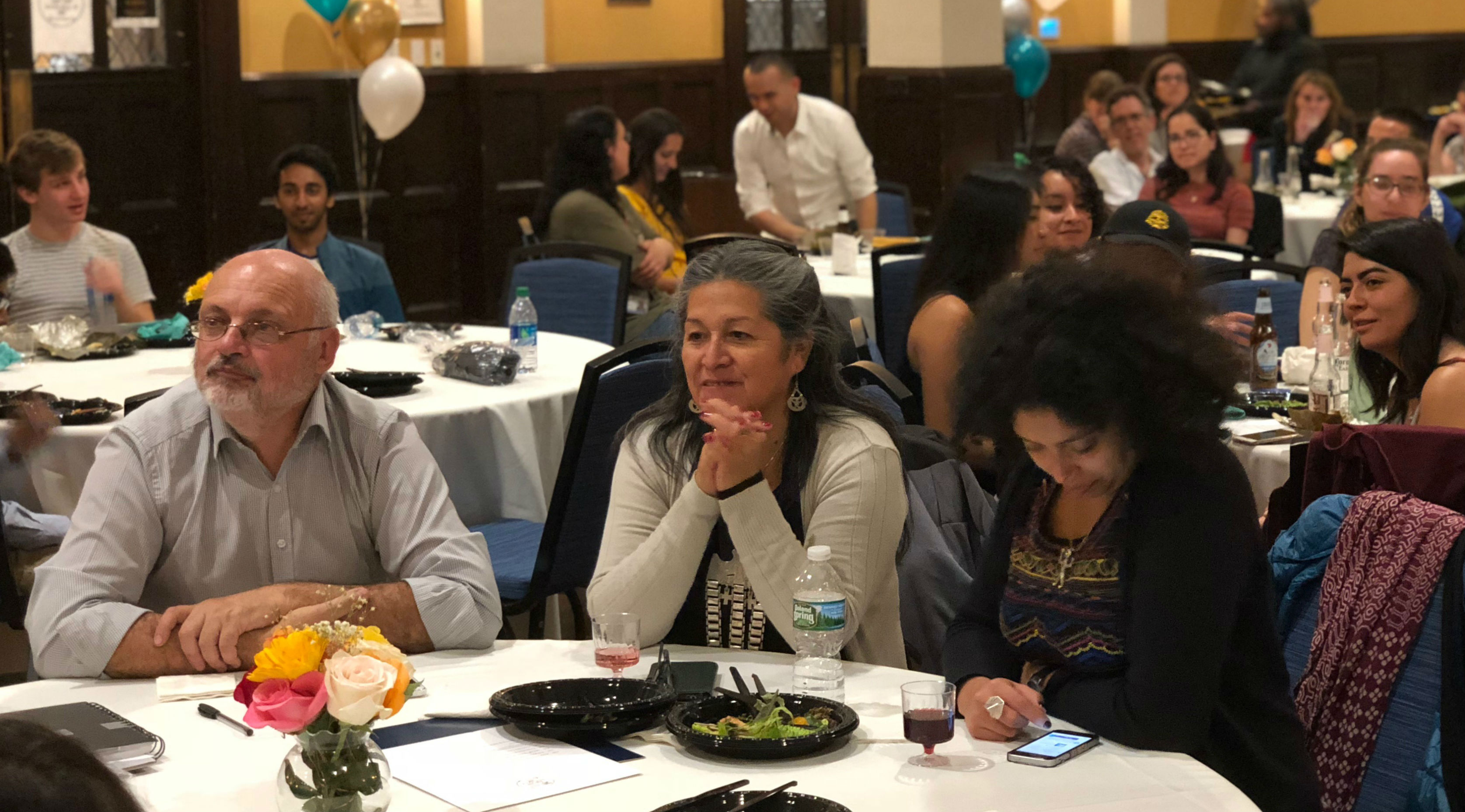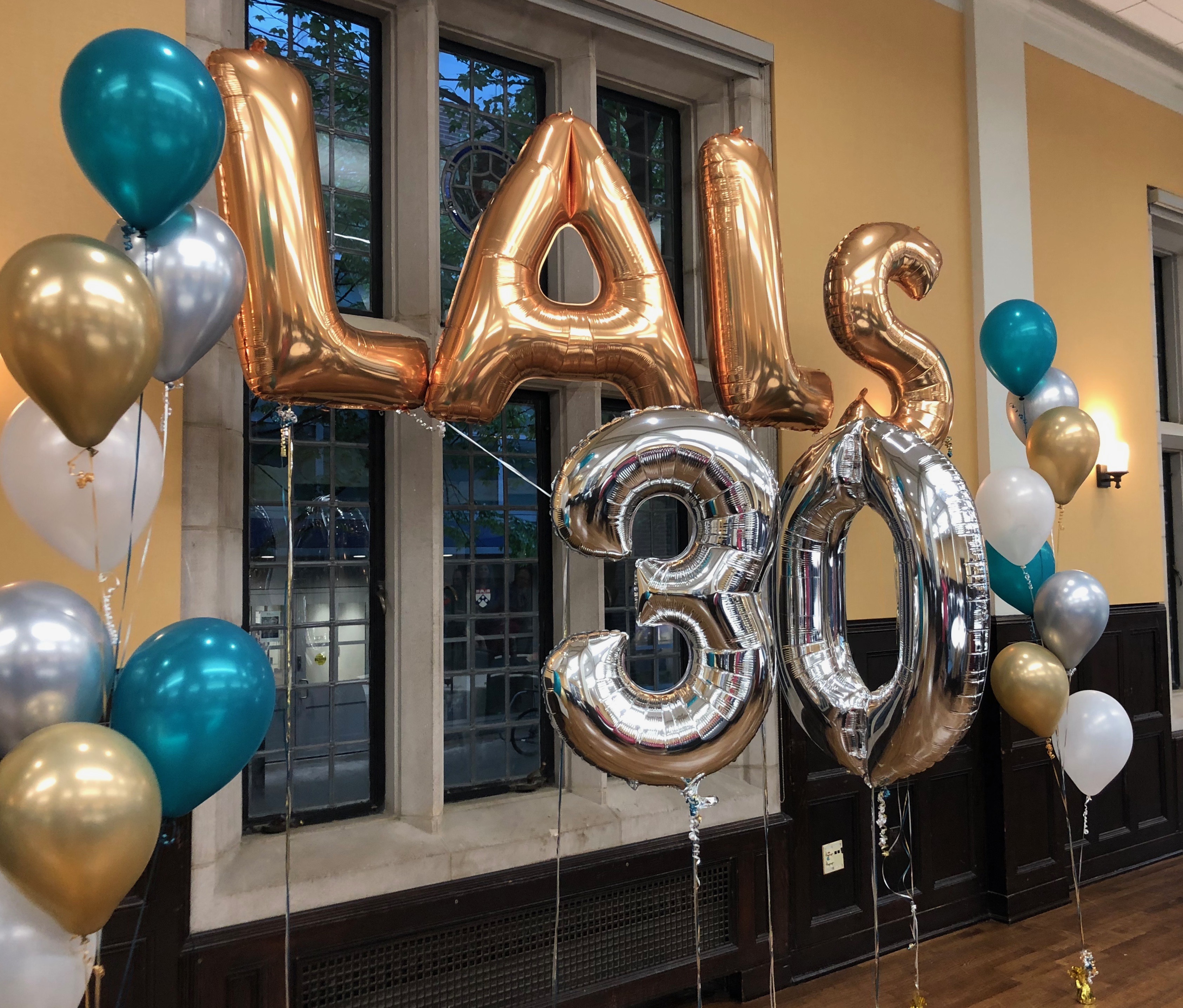In 1988, a small group of Penn professors and students with interests in Latin America founded the Program in Latin American Cultures. The hope was to create a hub for research and a place for those with an affinity for the region.
Three decades later, that seed has become a tree with branches that touch many parts of the University. Along the way, what’s now the Latin American and Latino Studies program in the School of Arts and Sciences has broadened its scope, to include a larger swath of Latin America as well as the study of the Latinx community in the United States.
More than 40 full- and part-time faculty members are affiliated with the program, which offers undergraduates a major and minor as well as a certificate for graduate students. LALS also runs Penn’s Model Organization of America States program, which works with undergraduates and students from local high schools schools under the leadership of LALS Associate Director Catherine Bartch.
“From the beginning, this was a program not defined by geography but rather by culture and history,” says Ann Farnsworth-Alvear, an associate professor of history who was the program’s second director, from 2004 to 2012.
In an interview done for the program’s 30th anniversary celebration, she recounts the discussions, in the mid-2000s, about expanding the program. At the time, the academic trend was to separate the study of Latinx Americans from the examination of the region.
“We very much took a big-tent approach. I think it turned out to be a rich way to go, and it certainly became standard across the country as Latin American and Latino Studies developed,” Farnsworth-Alvear says.
Tulia Falleti, the Class of 1965 Term Associate Professor of Political Science and director of LALS since 2016, arrived at Penn 15 years ago, when the program was still fairly small. She marvels at its growth, especially during the past five years, when more than 15 affiliated professors have joined the faculty.
“Speaking as someone from Latin America, since the 1800s we’ve been the backyard of the United States, for good or for bad, and so our political, economic, and cultural development has been tied to U.S. politics and interventions,” she says. “I think Latin America has always been important to the U.S. I think what has changed now is the interest in the region and in the Latinx community from the Penn faculty and the students.
“We have at present a critical mass of eminent faculty doing research on Latin America who attract students from the U.S. and around the world. In this regard, the importance of Latin America and the Latinx community at Penn has dramatically increased.”
Emilio Parrado, a sociology professor who was the third director of LALS, helped expand the courses offered by the program and prioritized hiring faculty to teach them. He also introduced the graduate certificate and worked on the creation of an undergraduate and graduate student advisory board.
He says those boards are among his most memorable accomplishments, along with the series of academic discussions within the program that became the collection “Latin America Since the Left Turn,” edited by Falleti and Parrado.
“The project consolidated the discussion of Latin American issues at Penn and showed how much interest there is in the region,” Parrado says.
With LALS thriving, Falleti hopes to expand it again, into a full-scale center, similar to those that focus on Africana Studies, India, the Middle East, and China.
Creating that center would help boost the depth, breadth, and number of courses on Latin America and the Latinx community, she says, as well as the opportunities for research collaborations and student participation in faculty research projects. And it would help cement Penn as an academic leader on these topics and attract external resources.
“We can compete with the top programs in the country,” Falleti says. “Now is our time.”
As the demographics of the U.S., Philadelphia, and Penn’s own student body change, she says, what LALS offers needs to keep changing, too, particularly when it comes to courses.
Some of those changes are already happening. Newer arrivals such as Michael Jones-Correa, a political science professor and the director of the Center for the Study of Ethnicity, Race, and Immigration; Jennifer Ponce de Leon, an English professor who studies the Latin American influence on literature and art; and Melissa Teixiera, a historian of modern Brazil, have expanded the course offerings.
“It’s wonderful news, that we have these amazing colleagues,” Falleti says. “But we need more faculty on Latinx studies to reflect the growing interest among our students.”
Those students prize the experiences they’ve had through LALS.
Francesca Arruda de Amaral, a LALS minor and teaching assistant in the model OAS program, says she first got involved in both programs as a freshman. As a student coming from Brazil, the program has helped her find a community at Penn and “made me fall in love even more” with the topics, she says.
“LALS is not only concerned with helping Penn students grow but also helping the community around Penn,” she says.
Angie Ocampo, a fourth-year graduate student in sociology who got involved with LALS early in her time at Penn, is now the chair of the Latin American Graduate and Professional Student Assembly.
“LALS has been a great supplementary academic home for me, in helping me meet a community of interdisciplinary scholars, including faculty, graduate students, and undergraduates who are interested in studying some of the questions I’m interested in studying but in different populations,” she says.
Dorothy Kronick, a political science professor whose work largely focuses on Venezuela, has made connections inside and outside the University through LALS.
“For me, one really valuable thing about LALS has been connecting with Latin Americans and people really interested in Latin American politics, in Philadelphia,” she says. “We have in Philadelphia this great organization, Casa de Venezuela, and I’ve been able to meet them because they come to LALS events and get involved in that way with the Penn community.”
That entire community—professors and students past and present, as well as friends of the program and international guests who spoke at an anniversary symposium—gathered at Houston Hall on a rainy recent Friday night to toast the history, and the future, of LALS. They enjoyed Latin American food, a live salsa band, and the chance to connect across the disciplines and decades.
“We have grown significantly in our community, and we look forward to our University’s continuous investments in making the study of Latin America and Latinx one of the hallmarks of Penn,” Falleti told the crowd of more than 100 people, including Nancy Farriss, the founding director of LALS and Walter H. Annenberg Professor of History, Emerita; Emily Hannum, associate dean for the social sciences in the School of Arts and Sciences; and Jeffrey Green, director of the Andrea Mitchell Center for the Study of Democracy.
“Building on this amazing foundation, our community and Penn can make the next 15 and 30 years even more enriching and exciting than the last.”










